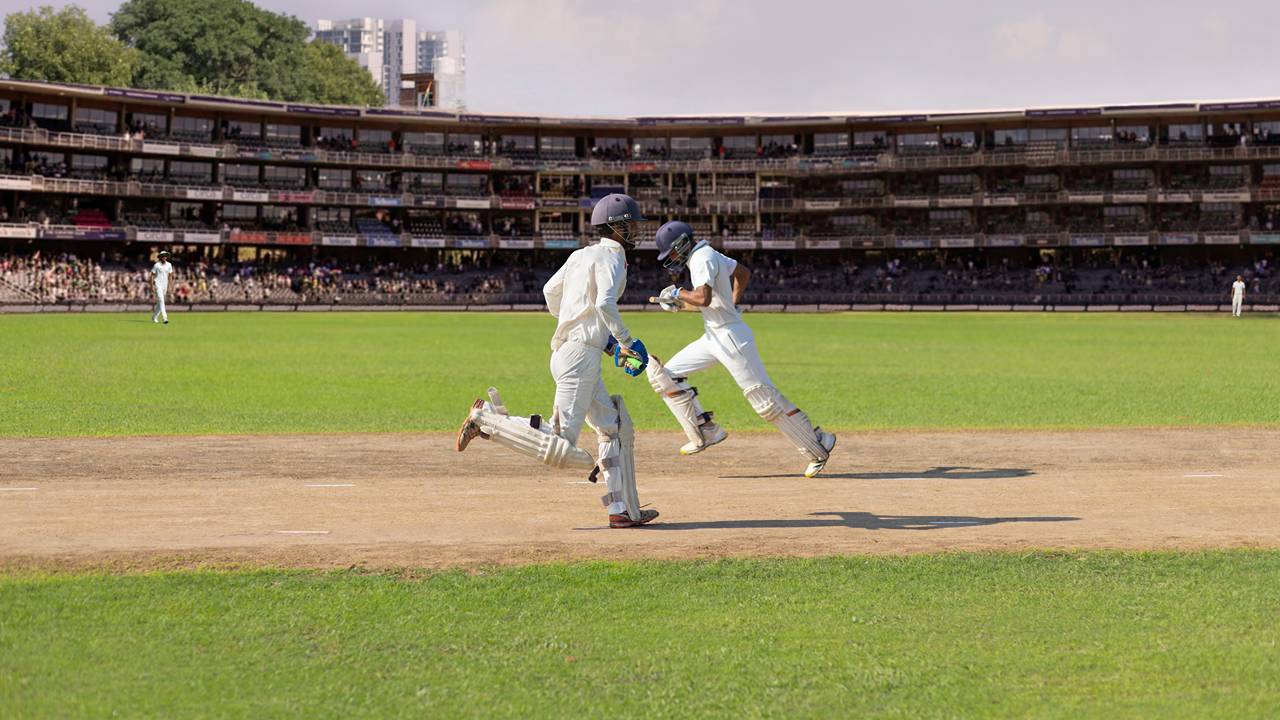Barry FitzGerald: Garimpeiro mines for hidden gems in … iron ore?
Which upcoming exploration program by a junior company has the potential to excite? Veteran mining columnist Barry FitzGerald's pick may surprise you.

Stockhead
Don't miss out on the headlines from Stockhead. Followed categories will be added to My News.
“Garimpeiro” columnist Barry FitzGerald has covered the resources industry for 35 years. Now he’s sharing the benefits of his experience with Stockhead readers.
Garimpeiro was asked during the week which upcoming exploration program by a junior company had the potential to excite in a major way.He offered up the less-than-useful advice that they all did, depending on what was found.
But pressed for something specific, Garimpeiro eventually landed on a soon-to-start exploration program by Macro Metals (ASX:M4M).
It’s the Pilbara iron ore-focused junior that has the bustling Tolga Kumova as chairman and near 10% shareholder, and former Mineral Resources man Simon Rushton as managing director.
There was a puzzled look from Garimpeiro’s drinking buddy. "Iron ore?!’’
Yes, iron ore prices have retreated to around US$90 a tonne and some big name forecasters are saying it’s headed lower still to $US80-$US85/t.
Prices may well reach that level, but Garimpeiro is with BHP in thinking that would be deep enough in to the global cost curve to mean a bottom in prices had been reached.
The heavyweights of the Pilbara will still churn out big profits at US$80-US$85/t prices given their low cost of production. Prices could also bounce back if there is a supply disruption somewhere, or if China turns on the stimulus taps.
Goldsworthy East a-gogo
But back to Macro. It has just received an exploration licence for its Goldsworthy East project and subject to a straight forward issue of a work permit, it expects to have the drill rods spinning in the last week of the month.
The Goldsworthy East project sits directly along strike from the famous Mt Goldsworthy mine, the first iron ore mine in the Pilbara. A syndicate that included BHP as a partner produced 55Mt grading a very sweet 63.5% iron from Mt Goldsworthy between 1965-1982.
Goldsworthy East’s potential to also be something special would have been tested with the drill bit a long time ago had it not been for delays in securing the okay from the traditional owners and BHP (which wanted to protect a disused rail corridor).
Rushton’s arrival at Macro in March turned all that around. Relationships built up over his years with MinRes (a supplier of crushing and screening services to BHP), and a commitment to indigenous engagement, has removed those roadblocks through sensible/respectful negotiation.
The clearance to start drilling follows geophysical survey work at Goldsworthy East last year, which defined two big iron ore targets beneath 25m of cover – the northern and southern targets.
Macro has announced the dimensions of the targets, which by Garimpeiro’s own rough reckoning suggests each of them has 300-400Mt of volume potential.
The drilling program is critical to determining if part or all of that volume potential is iron ore at the right sort of grade.
If the project location and the geophysical work was not already incentive enough to get cracking with a drill program, Macro geologists have more recently encountered high-grade hematite scree and float on the surface, as well as outcropping mineralisation.
It means the drilling program will be more targeted than it would have been based on the geophysical targeting alone.
Cards held close to chest – for now
Garimpeiro followed up his chat on explorations programs that could excite with a call to Rushton, asking him what the expectation was from the drilling program. He was suitably cautious and guarded.
"We know we have two large targets defined by close spatial magnetic and gravity surveys. We know we have extremely high grade hematite on the site.
"In just a few short weeks we will begin to gain a far better understanding of grade consistency and the potential scale of the mineralisation,’’ Rushton said.
He would not be drawn on likely economics if Goldsworthy East – all of 100km from Port Hedland – were to shape up as a development opportunity.
By Garimpeiro’s reckoning, a mining operation in that location so close to port could probably expect costs of about $A65/t including freight, before the state royalty.
The current Aussie dollar iron ore price is about A$135/t. Use a US$80/t iron ore price, the Aussie equivalent would be about A$118/t at the current exchange rate. So there would be fat margins to be had at either pricing level.
And if the orebody and port allocation allowed for up to a 5Mtpa production rate, the earnings capability would be very substantial to say the least. It is why the drilling program is potentially high impact stuff for Macro.
The stock was trading mid-week at 1.9c a share for a market cap of $68m (undiluted).
The views, information, or opinions expressed in this article are solely those of the columnist and do not represent the views of Stockhead. Stockhead does not provide, endorse or otherwise assume responsibility for any financial product advice contained in this article.
Originally published as Barry FitzGerald: Garimpeiro mines for hidden gems in … iron ore?


